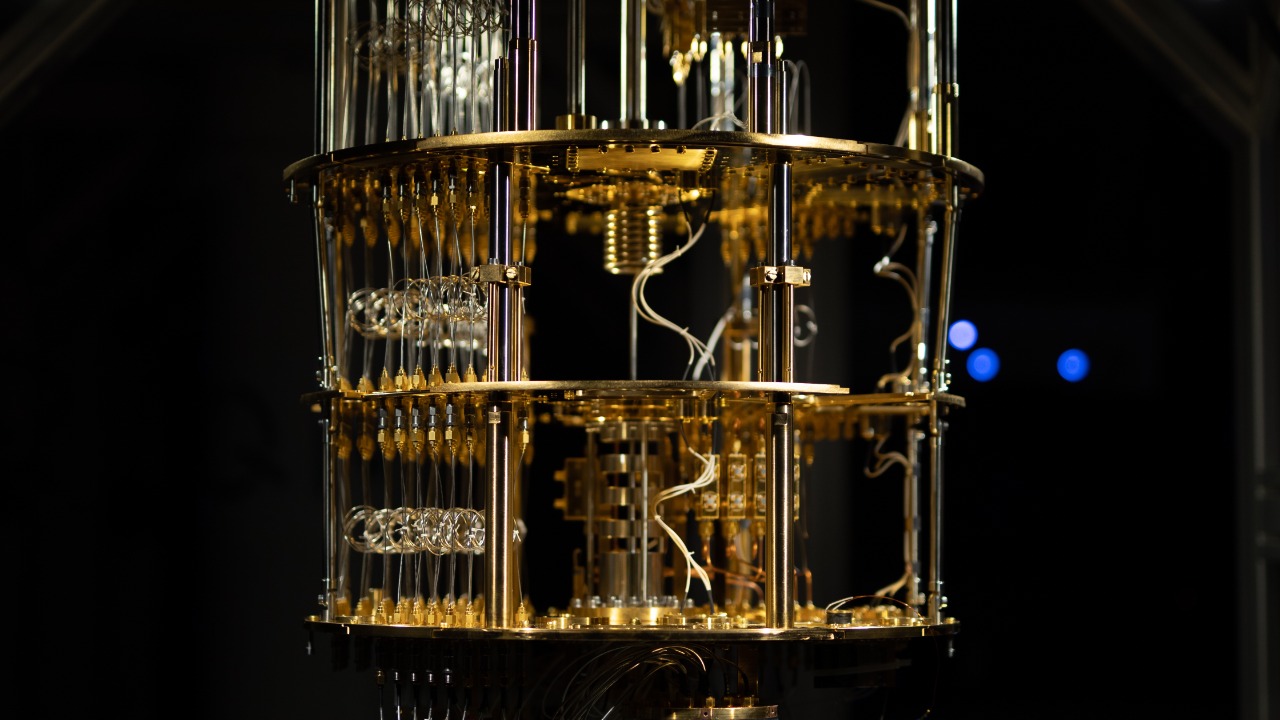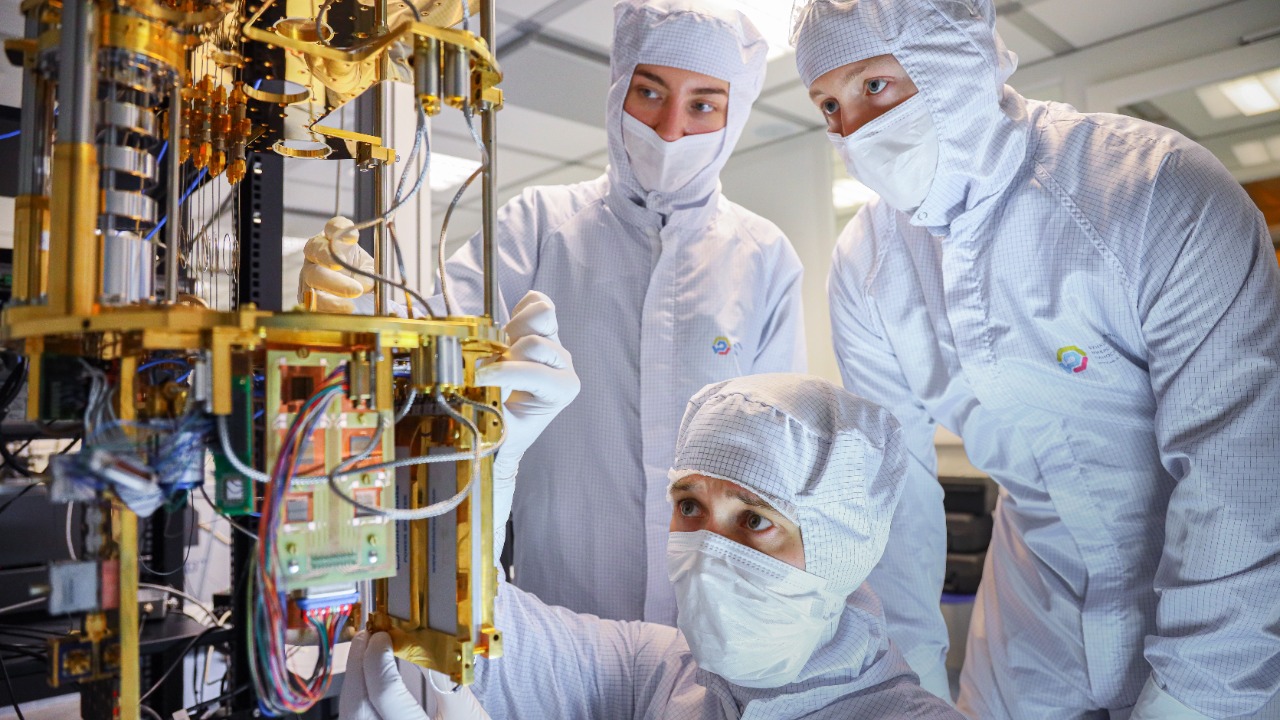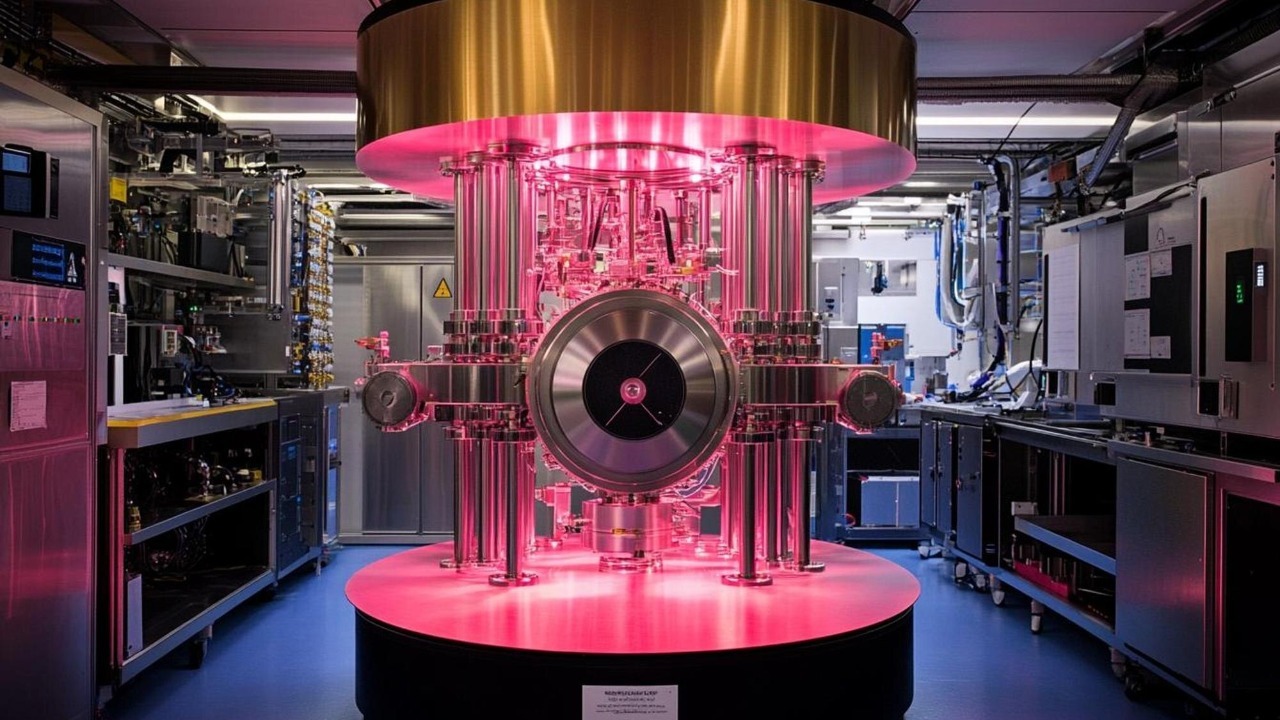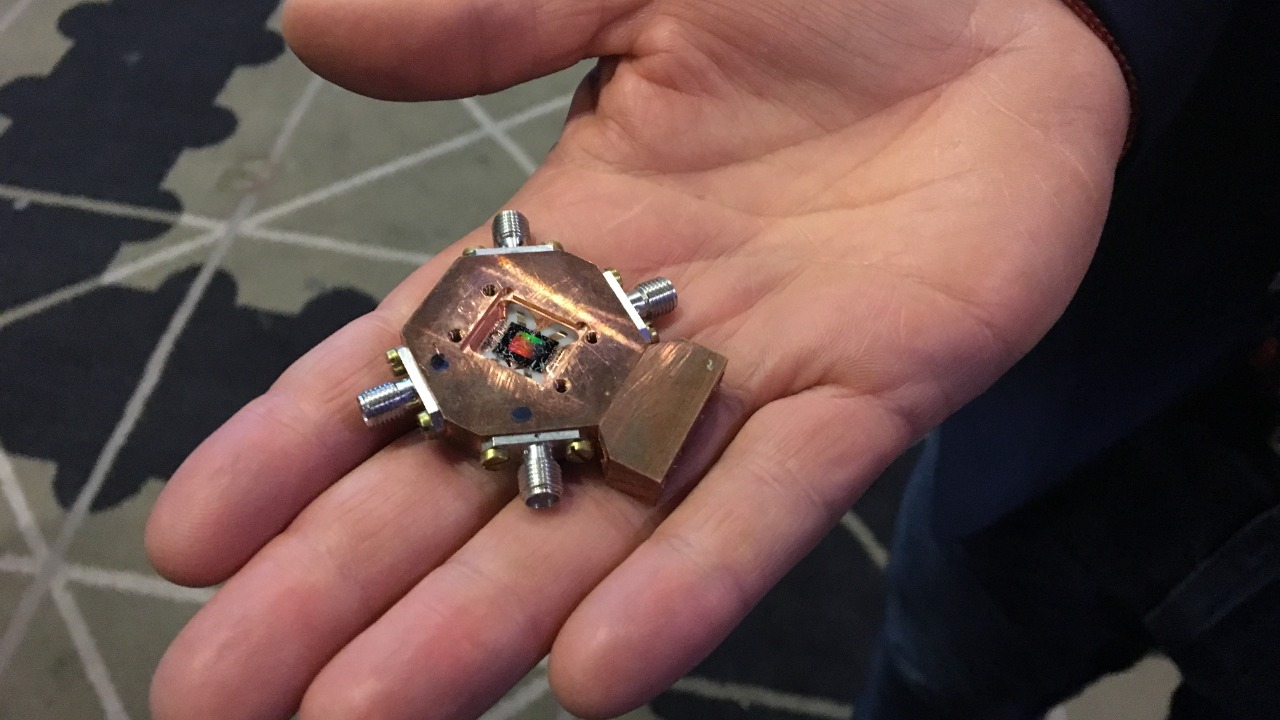
Scientists have achieved a major milestone in quantum computing by constructing a 6,000-qubit system that operates effectively at room temperature, shattering previous records for scale and practicality in the field. This breakthrough, detailed in recent reporting, represents a significant leap forward from earlier systems limited by extreme cooling requirements and smaller qubit counts. The development promises to accelerate real-world applications of quantum technology (Live Science).
The Scale of the Achievement

The new quantum system features exactly 6,000 qubits, marking it as the largest quantum processor built to date and surpassing prior records in qubit count. This substantial increase in qubit numbers enables the execution of complex computations that were previously infeasible due to limitations in quantum hardware scale. The system’s successful operation at this unprecedented size demonstrates the reliability of the engineering approach taken by the scientists, validating their innovative techniques and setting a new benchmark in the field (Live Science).
By achieving this scale, the researchers have opened up new possibilities for quantum computing applications. The 6,000-qubit configuration not only allows for more complex problem-solving but also enhances the potential for breakthroughs in various scientific and industrial domains. This achievement underscores the rapid progress being made in quantum hardware development, with the system’s verified functionality serving as a testament to the advancements in the field.
In addition to the sheer number of qubits, the architecture of the system has been designed to optimize connectivity and coherence among qubits. This design allows for more efficient quantum operations and reduces the likelihood of errors during computation. The researchers employed advanced error-correction algorithms that are crucial for maintaining the integrity of quantum information over extended periods. These algorithms are a testament to the sophisticated engineering that underpins the system’s functionality, ensuring that it can handle complex tasks with high precision.
Furthermore, the system’s design incorporates modular components that can be scaled up or down depending on the specific computational needs. This flexibility is vital for adapting the system to a wide range of applications, from scientific research to industrial processes. The modularity also facilitates easier upgrades and maintenance, ensuring that the system remains at the cutting edge of quantum technology as new advancements are made.
Room Temperature Functionality

Unlike traditional quantum systems that require cryogenic temperatures near absolute zero, this 6,000-qubit setup functions fully at room temperature. This eliminates the need for expensive cooling infrastructure, making the system more accessible and cost-effective. Room temperature operation was confirmed through rigorous testing, which showed stable qubit coherence and error rates suitable for practical use. This temperature tolerance is attributed to innovative qubit design choices that effectively mitigate environmental noise without the need for specialized cooling (Live Science).
The ability to operate at room temperature represents a significant advancement in quantum computing technology. It not only reduces the operational costs associated with maintaining cryogenic environments but also simplifies the infrastructure required to support quantum systems. This breakthrough could pave the way for broader adoption of quantum computing technologies across various sectors, as it lowers the barriers to entry for organizations looking to leverage quantum capabilities.
The transition to room temperature operation is not only a technical triumph but also a strategic move towards making quantum computing more sustainable. By eliminating the need for energy-intensive cooling systems, the environmental impact of running large-scale quantum computers is significantly reduced. This aligns with global efforts to create more eco-friendly technologies and could play a crucial role in the widespread adoption of quantum computing in the future.
Moreover, the room temperature functionality opens up new avenues for integrating quantum systems into existing technological infrastructures. Industries that previously found the logistical challenges of cryogenic systems prohibitive can now consider incorporating quantum computing into their operations. This could lead to innovative solutions in areas such as logistics optimization, financial modeling, and artificial intelligence, where quantum computing’s unique capabilities offer significant advantages.
Implications for Quantum Computing

The 6,000-qubit system’s room temperature performance could democratize access to quantum computing by reducing operational costs and complexity for labs and industries. This development is expected to have far-reaching implications, potentially enabling breakthroughs in fields such as drug discovery and cryptography. As researchers continue to build on this record, future iterations of quantum systems may scale even larger, further expanding the possibilities for quantum computing applications (Live Science).
The achievement highlights the rapid progress in quantum hardware, with the system’s verified functionality setting a new benchmark for the field. By demonstrating the feasibility of large-scale, room temperature quantum systems, this breakthrough could accelerate the integration of quantum technologies into mainstream applications, driving innovation and discovery across a wide range of disciplines.
The potential applications of this breakthrough extend beyond traditional computing tasks. In the realm of artificial intelligence, for instance, quantum computing could revolutionize machine learning algorithms by processing vast datasets more efficiently than classical computers. This could lead to more accurate predictive models and faster training times, significantly advancing AI capabilities.
In the field of cryptography, the enhanced computational power of a 6,000-qubit system could be used to develop new encryption methods that are more secure against potential quantum attacks. As quantum computing continues to evolve, it will be essential to update cryptographic techniques to protect sensitive information from being compromised by future quantum systems. This proactive approach to cybersecurity is crucial as quantum technology becomes more prevalent.
Challenges Overcome in Development

Scientists addressed key hurdles in qubit stability to achieve the 6,000-qubit scale while maintaining room temperature viability. The integration of such a large number of qubits required precise control mechanisms to minimize errors, a critical factor that ensured the system’s working status. This meticulous engineering effort underscores the complexity involved in scaling quantum systems and highlights the innovative approaches needed to overcome the inherent challenges of quantum computing (Live Science).
The successful development of this system demonstrates the potential for overcoming the traditional limitations of quantum computing. By solving the challenges associated with qubit stability and error correction, researchers have paved the way for future advancements in the field. This achievement not only sets a new standard for quantum computing but also inspires confidence in the continued evolution and application of quantum technologies.
One of the most significant challenges in developing the 6,000-qubit system was ensuring the uniformity of qubit performance across such a large scale. Variations in qubit quality can lead to inconsistencies in computation, which the researchers addressed by implementing rigorous quality control measures during the manufacturing process. These measures included advanced fabrication techniques that ensure each qubit meets the necessary performance standards.
Additionally, the team had to innovate in the field of quantum error correction, developing new protocols that are capable of handling the increased error rates associated with larger systems. These protocols are essential for maintaining the accuracy of computations and are a critical component of the system’s overall architecture. The success of these innovations demonstrates the team’s ability to push the boundaries of what is currently possible in quantum computing.